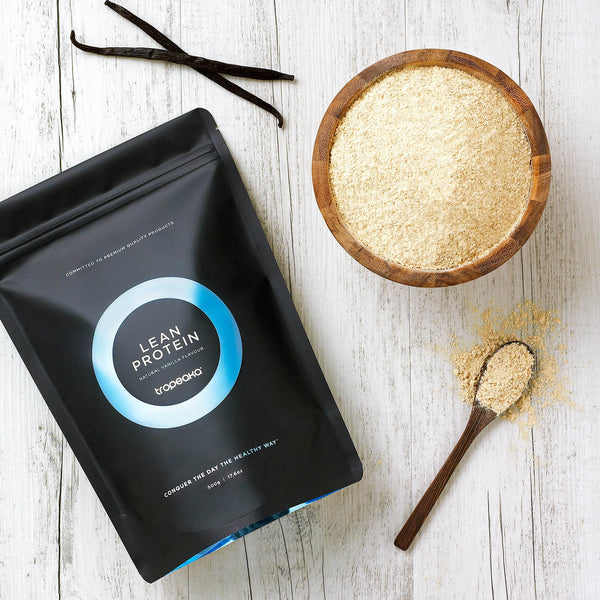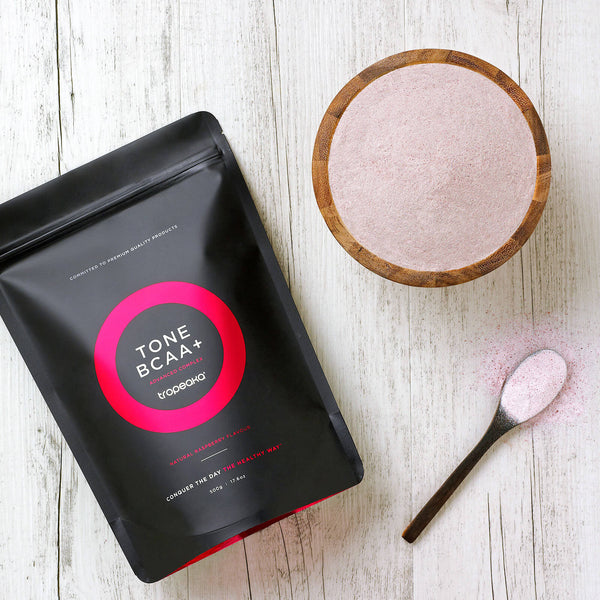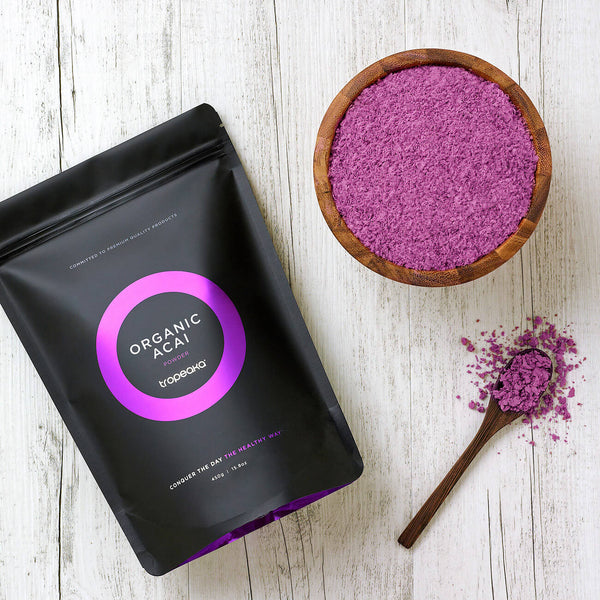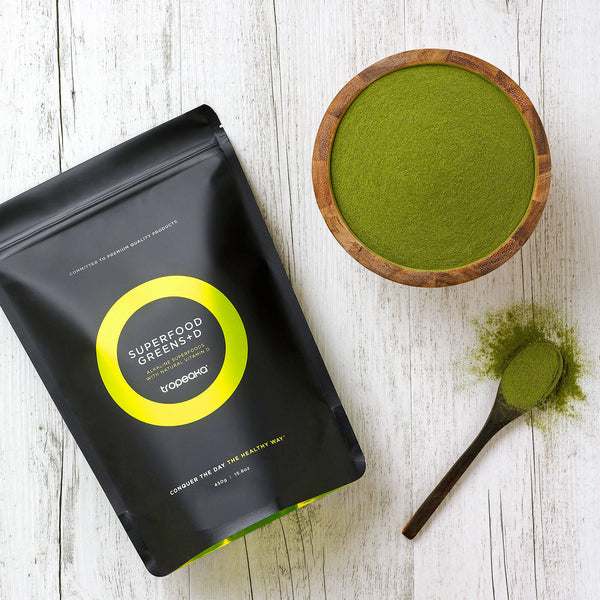With life's busyness, it's great to have a few strategies in mind to help you eat your best
M
ost vegetables can be really delicious - especially when they’re organic, ripe and prepared to perfection. Yet, despite the tasty flavours mother nature has provided for us, it’s not always easy to get enough veggies in our diet every day.
The truth is, vegetables should account for close to half of our total daily intake of food. So, as life gets busier, it’s important to come up with a few strategies to make sure we’re getting all the nutrients that eating a wide variety of vegetables provides. Here are 10 to get you started!
1
Turn them into noodles
Everybody loves noodles, they’re just so fun to eat! … but have you ever tried noodles made from raw vegetables, such as zucchini, carrots, or sweet potato? If you’re yet to try this, you really must - it’s one of the quickest and easiest ways to eat a large quantity of vegetables in a truly delicious meal.
All you need is the magical kitchen device called a spiralizer. Not only does this wonderful invention make eating veggies more fun, but it allows us to enjoy huge bowls of saucy noodles, without ending up in a carb coma.
Zucchini, beetroot, sweet potato and snow peas are just a few of the great vegetable additions to your fruit smoothies
2
Veggie-based soups
Vegetable soups are not only one of the easiest meals to make, they’re also one of the most nutritious and comforting meals as well. There are endless variations on this one-pot-wonder, and they’re also freezable - meaning you can cook up a huge pot and freeze some meal-sized portions to defrost and enjoy when you need them.
3
Blend them
Smoothie lovers will already know that the trick to getting enough leafy greens in your diet is to blend them into your sweet, fruity smoothies - if it weren’t for the colour, you wouldn’t even know they were there! But have you ever considered blending other vegetables into your smoothies?
Zucchini, beetroot, sweet potato and snow peas are just a few of the great vegetable additions to your fruit smoothies. Skeptical? Find out why these vegetables blend so well, as well as the best ingredients to blend them with, according to Green Blender.
4
Juice them
Juicing is well known to be a very healthy dietary practice, but it’s especially helpful for those of us who have digestive issues that inhibit our ability to absorb nutrients from the food we eat.
Extracting the juice from vegetables is a way to ‘pre-digest’ them, so we’re putting our digestive systems under less pressure, allowing nutrients to be taken up and used for healing our bodies.
Whether you have a juicer at home, or enjoy cold-pressed juices at your favourite healthy cafe, juicing your vegetables is a very efficient way to ensure you’re consuming enough each day.
5
Dip them
Ditch the processed crackers, chop up some carrots, cucumbers, capsicum and carrots, and dip them in some homemade hummus. Keep containers of pre-cut dipping vegetables handy in your fridge, or take them with you for a healthy, whole foods snack on the go.
If you want to take your dipping game to the next level - you can even blend roast veggies into your hummus!
6
Creative Cauliflower
You might have already heard about the wonders of cauliflower rice, but did you know you can also use cauliflower to make a healthy pizza base? You know you’ve found Heaven on Earth when you can eat a whole pizza and get all your servings of vegetables in one meal.
7
Lettuce or cabbage wraps
There’s not much that satisfies more than combining all your favourite ingredients together in a convenient and yummy, hand-held wrap.
Try switching the bread wraps for large leaves of lettuce or cabbage for an even fresher and crunchier experience that’s lighter in calories, but much denser in nutritional value. How amazing do these raw burrito wraps look?!
Always keep the freezer stocked with bags of frozen veggies
8
Buy pre-cut frozen veg
As great as it feels to have a fridge full of fresh vegetables, we don’t have time to wash, peel and chop them every day. To be prepared for your busiest days (and your laziest days…), always keep the freezer stocked with bags of frozen veggies.
These provide just as much nutritional value as the fresh ones, but they’re oh-so-much more convenient. Having frozen vegetables on hand is a great way to ensure you still make something healthy, even when you’re going to be spending limited time in the kitchen.
9
The half plate rule
A handy trick to ensure you’re hitting your nutritional targets, is the ‘half plate rule.’ Strive to fill half of your plate at each meal with vegetables, including a large serving of leafy greens. The remaining half should be filled with plant-based proteins, as well as some whole grains.
Following this rule help you fill up on lower calorie, more nutritionally dense food - which means you’ll be less likely to go hunting for cakes, biscuits or ice-creams in between meals!
10
Try again
Tastes change - this is true for fashion, music, food and everything else in life. Perhaps there are just one or two vegetables that you’ve always said you’ve never liked. If it’s been a long time since you last tried it, gagged and swore to never touch it again - give it another try!
You might be surprised, especially if it’s prepared differently. Nutritionally, each vegetable has so much to offer - so always staying open to giving the ‘yucky ones’ another go could be really worthwhile.
The list of benefits of eating more vegetables is endless, as these wonderful whole foods are packed full of vitamins, minerals, fibre and water. Whether you’re trying to improve your digestion, clear up your skin, or strengthen your immune system - using any of the strategies from this list will help you get the nutritional support that only a diet rich in vegetables can provide.





